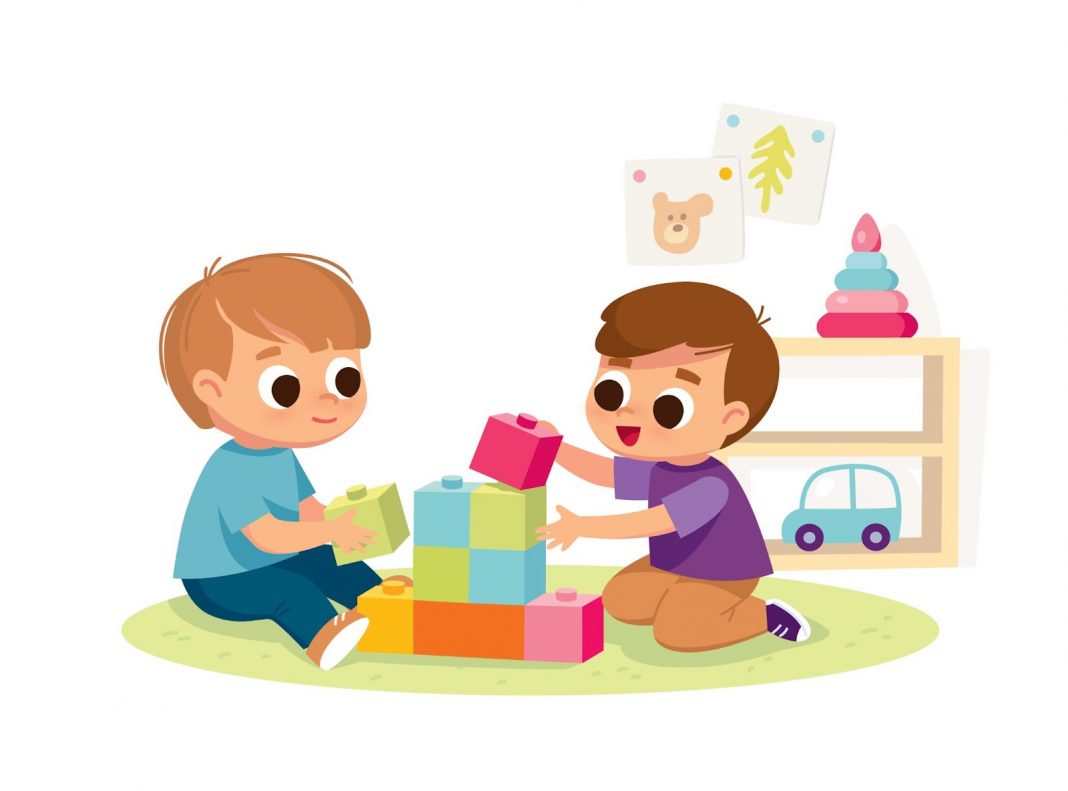Math can be challenging for many children, but what if we could make it more engaging and fun? This is where LEGO math activities come into play. According to a study in “Frontiers for Young Minds,” there’s a significant link between construction play, like building with LEGO, and the development of math skills in children. The research emphasizes that visual and spatial memory, crucial in LEGO building, is more closely related to math skills than verbal memory.
Math & ELA | PreK To Grade 5
Kids see fun.
You see real learning outcomes.
Watch your kids fall in love with math & reading through our scientifically designed curriculum.
Parents, try for free Teachers, use for free
Bridging this research with practical learning, in this blog, we’ll explore 11 LEGO math activities that are enjoyable and educational. These activities are designed to tap into the benefits of construction play, using LEGO bricks to enhance mathematical thinking and problem-solving skills in a playful and interactive way.
Discover the Joy of Learning Math With SplashLearn, every lesson is a new adventure. Sign up now and turn math challenges into exciting discoveries.
1. Place Value Columns
This activity teaches children the concept of place values in numbers, helping them understand how digits in different positions represent different values (ones, tens, hundreds, etc.).
Age Group: Suitable for children aged 7-10 years.
Materials Needed: A variety of LEGO bricks in different colors and a flat LEGO baseplate.
How to Do It:
- Assign a color to each place value (e.g., red for ones, blue for tens, green for hundreds).
- Ask the child to build columns on the baseplate using colored bricks to represent different numbers.
- For example, to represent the number 243, they would stack four red bricks (ones), four blue bricks (tens), and two green bricks (hundreds).
- This visual representation reinforces understanding of place values, making it a great preschool Lego activity.
Love building with numbers? Dive into interactive place value games and construct a strong math foundation!
2. Building Numbers
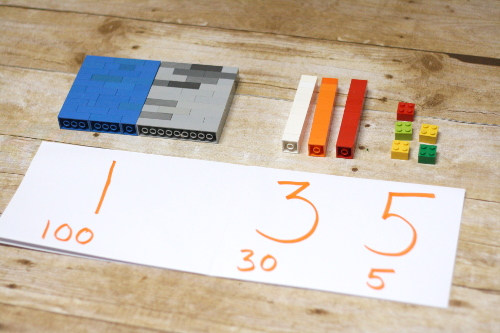
This Lego game idea is designed to help children understand how different digits come together to form numbers, with each digit having a unique place value.
Age Group: Ideal for children aged 6-9 years.
Materials Needed: LEGO bricks in different colors, number cards or written numbers.
How to Do It:
- Choose colors for different place values (e.g., red for ones, blue for tens).
- Show a number card or write a number, and ask the child to represent it using LEGO bricks.
- For the number 35, use five red bricks (ones) and three blue bricks (tens).
- This activity aids in learning with legos and solidifies understanding of number formation.
Related Reading: Best Number Activities for Preschoolers
3. Comparing Numbers
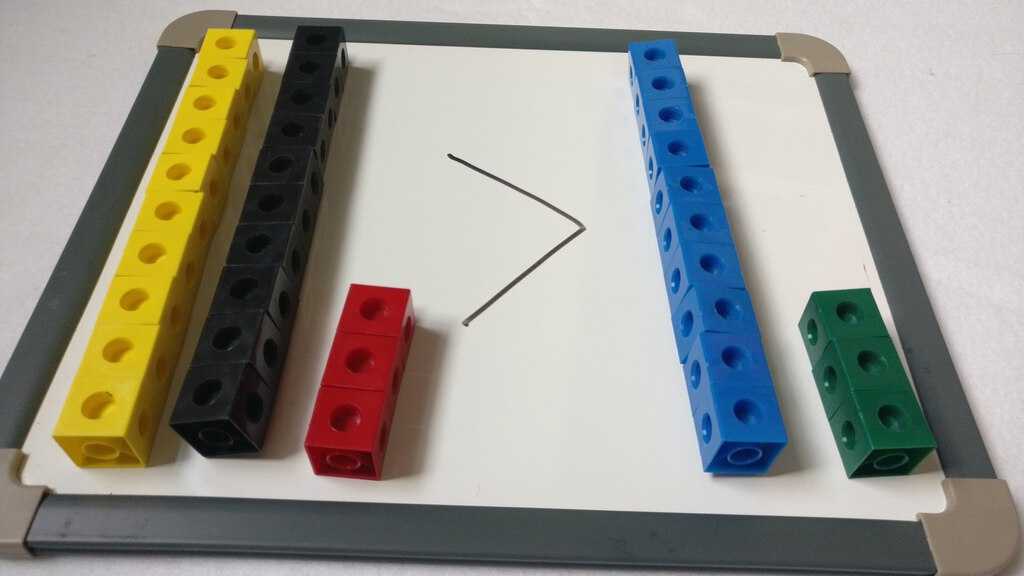
This activity aims to teach children how to compare numbers using place value knowledge and to understand concepts like greater than, less than, and equal to.
Age Group: Suitable for children aged 8-11 years.
Materials Needed: LEGO bricks in various colors and paper to write numbers.
How to Do It:
- Use LEGO bricks to build numbers 123 and 132, each with a different color set.
- Ask the child to compare these numbers based on their place values.
- They should recognize that 132 is greater than 123 because the tens place (3 in 132) is greater than the tens place in 123 (2).
4. Decomposing Numbers
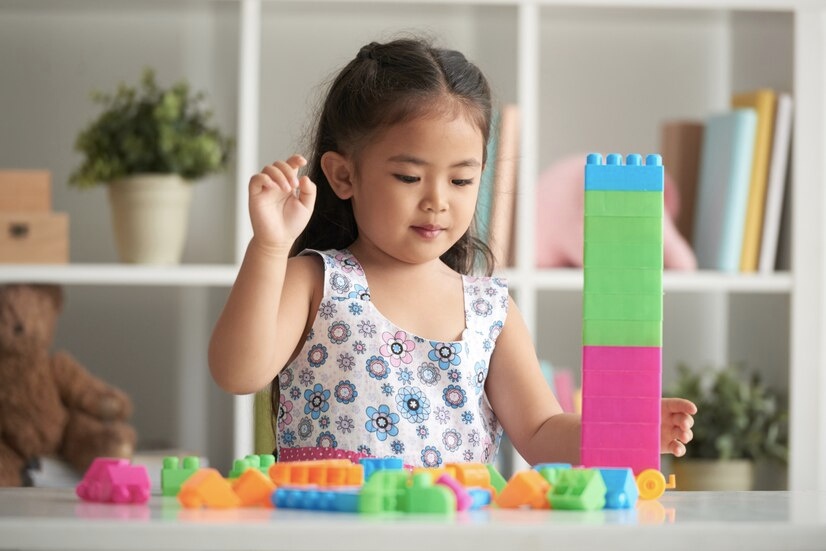
This activity helps kids understand how to break down numbers into hundreds, tens, and ones, enhancing their grasp of place values.
Age Group: Ideal for children aged 6-9 years.
Materials Needed: LEGO bricks in various colors, paper to write numbers.
How to Do It:
- Assign different colors for hundreds, tens, and ones.
- Write a number like 123 and ask the child to decompose it using LEGO bricks.
- They should create a stack for 100, another for 20, and a small stack for 3.
Related Reading: Decomposing Numbers in Math – Definition, Methods & Examples
5. Place Value Addition and Subtraction
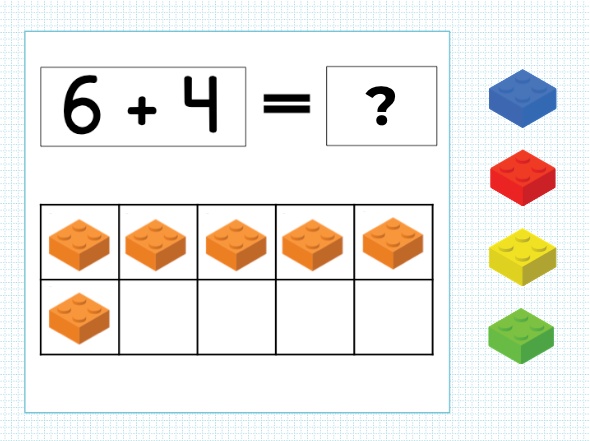
This activity uses LEGO bricks to visually teach addition and subtraction, focusing on place values and the concepts of carrying and borrowing, a key aspect of math bricks.
Age Group: Suitable for children aged 7-10 years.
Materials Needed: A variety of LEGO bricks, and paper to write math problems.
How to Do It:
- Write an addition or subtraction problem.
- Use LEGO bricks of different colors to represent each place value.
- Show carrying over or borrowing using the bricks for each place value.
6. Counting and Number Recognition
Perfect for preschool Lego activities, this exercise aids preschoolers in learning basic counting and recognizing numbers using LEGO bricks.
Age Group: Perfect for preschoolers aged 4-6 years.
Materials Needed: LEGO bricks, number cards, or paper to write numbers.
How to Do It:
- Provide number cards or write down numbers.
- Ask the child to count out LEGO bricks to match each number.
- For recognition, show a number, have the child identify it, and then represent it with LEGO bricks.
Related Reading: Best Counting Activities for Preschoolers
7. Fraction Exploration
This is a fun way of teaching fractions with Lego. It helps children visually grasp the concept of fractions as parts of a whole, making abstract ideas more concrete and understandable.
Age Group: Suitable for children aged 7-10 years.
Materials Needed: LEGO bricks in different colors.
How to Do It:
- Select one color of LEGO bricks to create a whole rectangular or square shape.
- Choose another color representing a fraction of that shape (e.g., half, one-third, one-quarter).
- Ask the child to fill in the fraction of the whole shape with the second color.
- Discuss how many parts of the second color fit into the whole, reinforcing the concept of fractions.
Related Reading: What are Fraction Rules - Definition, Types, Examples, Facts
8. Pattern Recognition and Creation
This Lego activity enhances children’s understanding of sequences and patterns, fostering their analytical and predictive skills in a playful and engaging way.
Age Group: Ideal for children aged 5-8 years.
Materials Needed: LEGO bricks in various colors.
How to Do It:
- Start by creating a simple pattern with two colors (e.g., red, blue, red, blue) and ask the child to continue.
- Gradually introduce more colors and complex patterns.
- Challenge the child to create their patterns and explain the sequence.
- Discuss how patterns are found in everyday life and their importance in mathematics.
9. Measuring and Comparing Lengths
This activity uses LEGO bricks as a non-standard unit of measurement, teaching children about measuring and comparing lengths and introducing basic concepts of Lego area.
Age Group: Suitable for children aged 6-9 years.
Materials Needed: LEGO bricks and various objects to measure.
How to Do It:
- Select a standard LEGO brick as the unit of measurement.
- Measure the length of various objects by lining up LEGO bricks end to end alongside them.
- Compare the lengths of different objects by counting the number of LEGO bricks used.
- Discuss how different objects compare in size and why measuring is important.
Related Reading: Best Hands-On Measurement Activities for Kids
10. Geometry and Shape Building
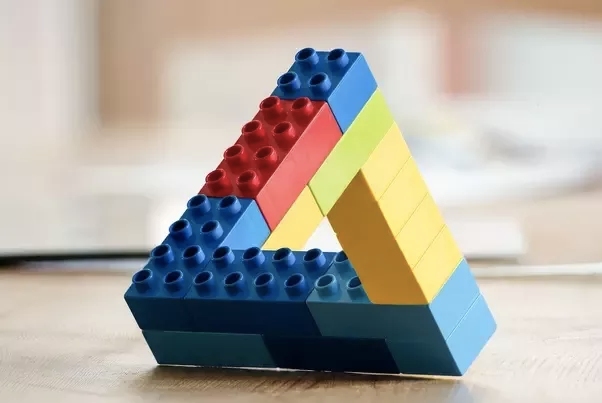
This activity, helps children understand geometric shapes and their properties by constructing them with LEGO bricks.
Age Group: Ideal for children aged 7-10 years.
Materials Needed: LEGO bricks of various sizes and shapes.
How to Do It:
- Introduce different geometric shapes like squares, rectangles, triangles, and circles.
- Use LEGO bricks to construct each shape, discussing the number of sides and angles.
- Explore how combining shapes can create new ones.
- Encourage children to experiment with creating complex shapes and discuss their properties.
Shape up your math skills! Construct a world of geometry with shape games.
11. Probability and Estimation
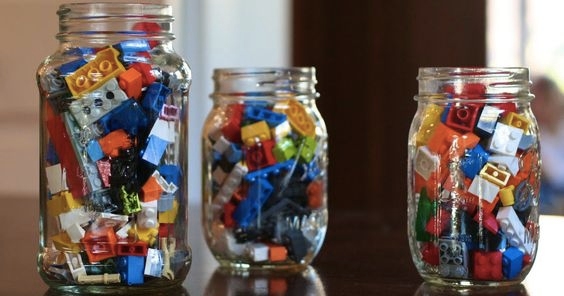
This Lego activity introduces children to the concepts of probability and estimation, enhancing their counting and basic statistical analysis skills.
Age Group: Suitable for children aged 8-12 years.
Materials Needed: A jar, and a variety of LEGO bricks.
How to Do It:
- Fill a jar with a mix of different colored LEGO bricks.
- Ask the child to estimate the total or the number of bricks of a specific color.
- Have them calculate the probability of randomly selecting a brick of a certain color.
- Count the actual numbers and compare them with the estimates to discuss accuracy and probability.
Related Reading: Best Shape Activities For Preschoolers
7 Reasons Why You Should Use Lego For Teaching Math
- Interactive and Engaging: LEGO math activities turn abstract mathematical concepts into interactive and engaging tasks. This hands-on approach keeps children interested and motivated to learn.
- Visual Learning: Using LEGO for maths offers a visual understanding of complex concepts. It helps children see and manipulate the physical representation of mathematical ideas, making them easier to grasp.
- Enhances Problem-Solving Skills: LEGO problem-solving activities encourage children to think critically and creatively. They learn to approach problems differently, enhancing their problem-solving and analytical skills.
- Versatility in Teaching: Teaching with Legos allows for a wide range of activities, from basic counting and number recognition to complex concepts like fractions and geometry. This versatility makes LEGO suitable for various age groups and learning levels.
- Spatial Awareness and Geometry: LEGO bricks are excellent for teaching spatial concepts and geometry. Children learn about lego areas, shapes, symmetry, and dimensions tangibly, aiding their spatial reasoning development.
- Foundation for Advanced Mathematical Concepts: LEGO math activities lay a strong foundation for more advanced mathematical concepts. Children develop a deeper understanding and readiness for higher-level math by starting with LEGO bricks.
- Adaptable to Individual Learning Styles: LEGO bricks cater to different learning styles. Whether a child is a visual, kinesthetic, or auditory learner, LEGO activities can be adapted to suit their needs, making learning more effective.
Incorporating LEGO into math education offers a unique and effective way of learning. It not only makes math more accessible and enjoyable but also builds a range of valuable skills both in and out of the classroom.
Related Reading: How to Make Math Fun for Kids - 15 Best Ways
Conclusion
By integrating these LEGO activities into learning, we make math more engaging for children and tap into crucial cognitive skills foundational for their academic growth. Let’s embrace these creative methods to foster a love for math in young minds, turning challenges into opportunities for fun and discovery.
Related Reading: How to Foster Love For Learning in Kids
Frequently Asked Questions (FAQs)
Can LEGO activities improve my child's math skills?
Yes, LEGO activities can significantly enhance math skills. They engage visual and spatial memory, which are key in understanding mathematical concepts, making learning effective and enjoyable.
What age group are these LEGO math activities suitable for?
These activities are designed for a wide age range, typically 4 to 12 years. They start with basic concepts for younger children and progress to more complex tasks for older kids.
Do I need special LEGO sets for these math activities?
No special sets are required. Most activities can be done with standard LEGO bricks. The focus is on using the bricks as tools for learning and problem-solving rather than specific sets.

















